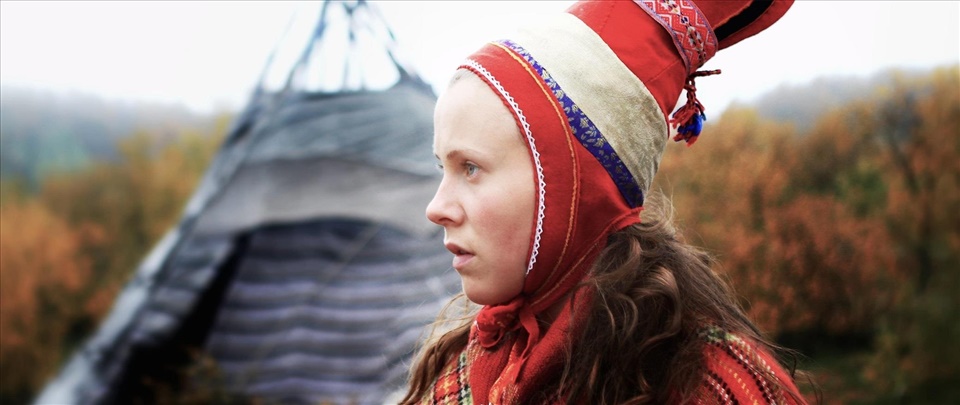
Iđitsilba
Author: Tina Andersson, Norgesfilm AS
About the Filmmaker
Elle Márjá Eira (1983) is a multi-talented artist from Kautokeino, working both as a music composer and film director.
Her passion for filmmaking goes all the way back to childhood, and her mother always used to have a film camera available at home. When Elle Márjá was only eight years old she grabbed the camera and started filming.
Elle Márjá makes personal films. She always aims to capture the essence of a specific time in a particular life. For her, film and music goes hand in hand. When it comes to Iđitsilba she actually wrote the soundtrack for the film a few years before she made the actual film.
Filmmaking is about finding your own voice and figuring out what you want to say in your heart. Dreams have fascinated me since I was little. The idea that arises in your mind can create a universe in a dream. When you wake up from your sleep, you think that all this actually happened (Elle Márjá Eira, 2020).
Filmography
- Samene har rett (2019)
- Iditsilba (2015)
- Giehka (2014)
- Guodohit (2013)
Background
When director Elle Márjá Eira discovered the horn hat (čoarveghápir) she became very fascinated. She realised that she knew little about the background story of the hat. She started digging into the dark past of our history. The film is about taking the hat back.
Iđitsilba is inspired by actual events, and it is not so long ago this happened in reality. The film is about one of the darkest parts of Sápmi's history. Incidents that have been both shameful and painful, and that have been kept hidden for many years.
Iđitsilba is part of Seven Sámi Stories which consists of seven films from Sápmi. The project was supported and disseminated by The International Sami Film Institute in 2015.
Seven directors took part in the project. They each shot a film in Kautokeino in a span of several months.
Funfact: This film was actually filmed in the same place as Pathfinder (1987).
TASKS
The tasks are suitable for students in lower secondary school and upper secondary school.
A. The horn hat
The film is based on historical events and addresses important topics related to sámi identity.
The horn hat represents a part of sapmi history that is not often talked about. This special hat was worn by some sapmi women until the end of the 1800s. A pietistic church movement (The Laestadians) condemned the use of the hat, and the hat disappeared when the sapmi women stopped using it. Iđitsilba is about taking the hat back.
- Do you know of other examples of suppressed expressions of indigenous culture throughout history?
- What do you think happens with the cultural identity in a group when traditional items, expressions or clothes are no longer allowed?
- People that disliked the hat also called it “the devilish horn”. Why do you think the hat was compared to the horn of the devil?
B. Analyze
When you analyze a film you are trying to find out what the film is telling us. What is the story? What kind of cinematic techniques are being used? What themes does the film address?
Start with watching the film. It is a good idea to have a notebook at hand so that you can make notes while you’re watching. Answer these questions after watching the film:
- How is the story in the film structured?
- What impression do you get of the characters in the film?
- How is nature portrayed in the film?
- Describe the music in the film with four words.
- How do you think the use of music affects the ways we perceive the film?
- What do you think this statement from the priest in the film means: It is written in the word of God that the devil must be cleaned away.
- What kind of themes does the film address?
- What do you think the film is trying to tell us?
- What do you think happened with the girl, Majjen?


